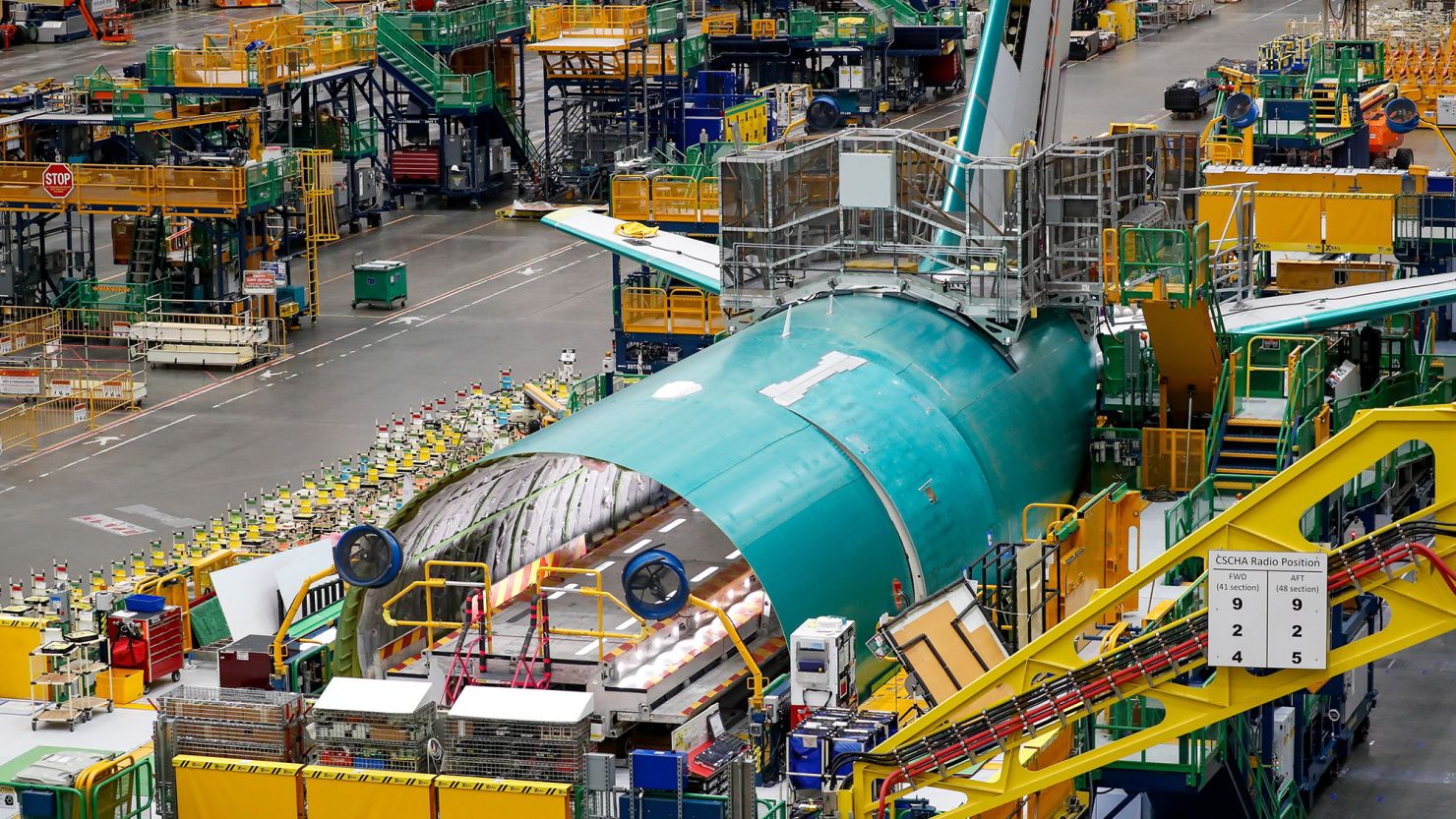Boeing on Monday scrambled to address safety and quality concerns about its planes ahead of a whistleblower hearing in the Senate on Wednesday.
A briefing for journalists came in the wake of reports last week that the Federal Aviation Administration is looking into allegations raised by Boeing engineer Sam Salehpour that Boeing took shortcuts when manufacturing its 777 and 787 Dreamliner jets and that risk of catastrophic failure will increase as the planes age.
Salehpour is set to be the key witness at a Wednesday hearing of the Senate permanent subcommittee on investigations. Boeing, which has seen its once pristine reputation for safety and engineering quality badly diminished recently, held the briefing Monday to try to pre-emptively answer Salehpour, although the executives said they wouldn’t comment directly on his allegations.
Boeing has faced more than five years of questions about the safety and quality of its commercial jets following two fatal crashes of a different model, the 737 Max, in 2018 and 2019. Those crashes killed 346 people and led to a 20-month grounding of that jet.
It came under renewed scrutiny earlier this year after a door plug blew out on an 737 Max flight by Alaska Airlines on January 5, leaving a gaping hole in the side of the jet. That has sparked investigations and allegations that some Boeing employees felt reluctant to raise questions about the safety of the planes they are building or inspecting for fear of retaliation.
Boeing cites increased tips, vigorous tests
While Salehpour charged last week that Boeing employees are scared to speak up about problems at factories, Boeing says the number of employee tips about quality and safety issues — as well as improvement ideas — has “exploded” since the Alaska Air incident. January and February submissions already equal the number of submissions for all of 2023, according to the company.
“We’re continually encouraging it,” said Lisa Fahl, Boeing’s vice president of engineering for Airplane Programs at Boeing Commercial Airplanes, during Monday’s briefing.
Fahl and Steve Chisholm, Boeing’s vice president and chief engineer for mechanical and structural engineering, told media members Monday that Boeing’s planes face stress tests designed to replicate far more flights taking place than they ever will in the real world. The average 787 does 600 flights a year, according to Chisholm, and the tests Boeing put the planes through simulated 165,000 flights.
And they said real world inspections on the planes now in service show even after as many as 16 years of use, no evidence of fatigue in parts of the plane now facing questions. Chisholm said the planes were designed to pass tests replicating far more stress over many more flights than they are subjected to in the real world.
“Frankly we’re not surprised by lack of fatigue findings,” he said.
Salehpour’s complaint alleges crews assembling the plane failed to properly fill tiny gaps when joining separately manufactured parts of the fuselage. That puts more wear on the plane, shortening its lifespan and risking “catastrophic” failure, Salehpour’s attorneys alleged.
Boeing and the Federal Aviation Administration have admitted that some of the planes did have problems with the gaps between parts of the fuselages that were wider than the standards set by Boeing. The delivered planes were allowed to continue to fly, but the non-conformance with Boeing’s standards led to long periods in recent years during which the aircraft maker had to halt deliveries of the 787 Dreamliner.
But Chisholm said the inspections done after those questions were raised have shown no problems in actual operations of the planes. He said some of the standards for the size of the gaps were changed in the wake of the inspections.
Fahl described the original standards of a gap of only 5/1000th of an inch, as equal to the width of a human hair or two pieces of paper. Chisholm said the original standards were “hyper-conservative” ones set by Boeing, not by regulators.
“It was very difficult to meet that standard. There are areas where we’ve increased what is allowable. We’re [still] talking about very tight alignments,” he said.









